Retro buyer's guide: vintage synths and more
Plus, drum machines, samplers and effects processors galore
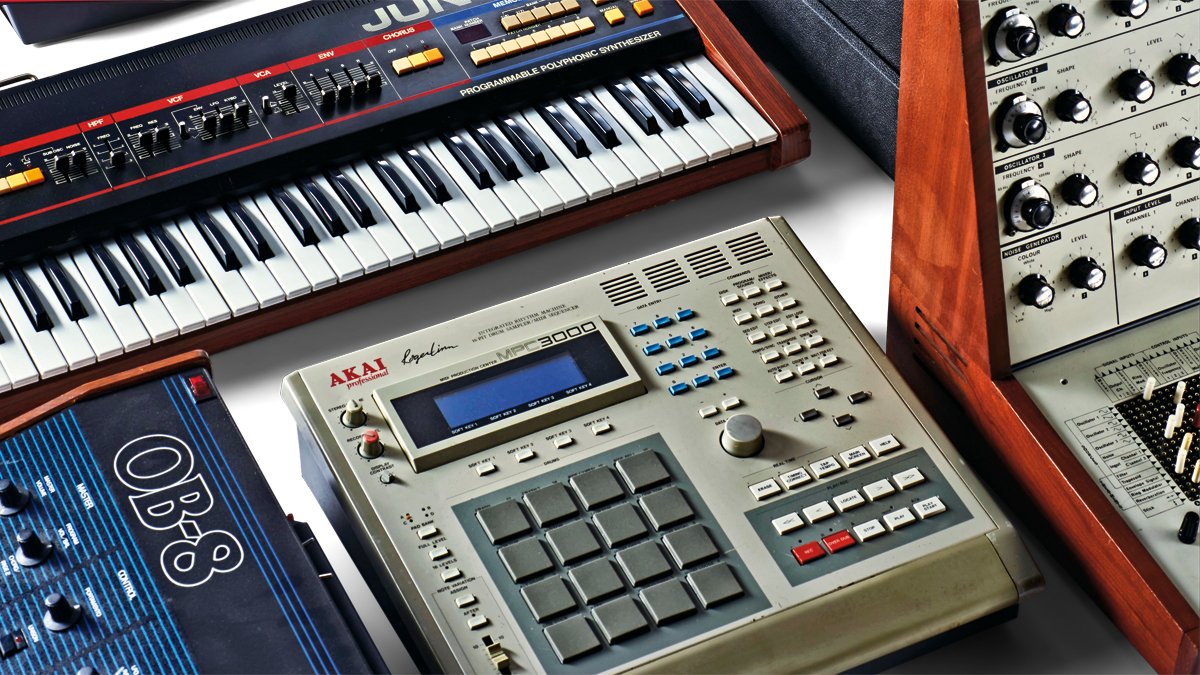
Welcome
Here at MusicRadar we are as mad on new hardware as the next person, and we see rather a lot of it day to day.
It’s all too easy to drown in a sea of new product launches at such gear-fests as the NAMM show - it’s positively mesmerising - but let’s take stock for a moment and remember that it’s not always about the ‘new’.
It can be said that some things just cannot be bettered. A lot of music tech that has been created over the last 50 years has stood the test of time, and the one overarching reason for its longevity is character. Something that perhaps certain new kids on the block don't have quite so much of, and the reason why we’ll always been drawn to the classics of yesteryear.
While certain vintage gear products may have been built like brick out-houses, some of their component parts aren’t quite as hardy. That’s why we have gathered up some handy tips for those of you who are thinking about buying some retro hardware, from the people who have lived with it for years.
So if you’re about to scour Craigslist/Gumtree/eBay/car boot sales/auctions for those bargains, take these words from the wise with you. You're going to need them.
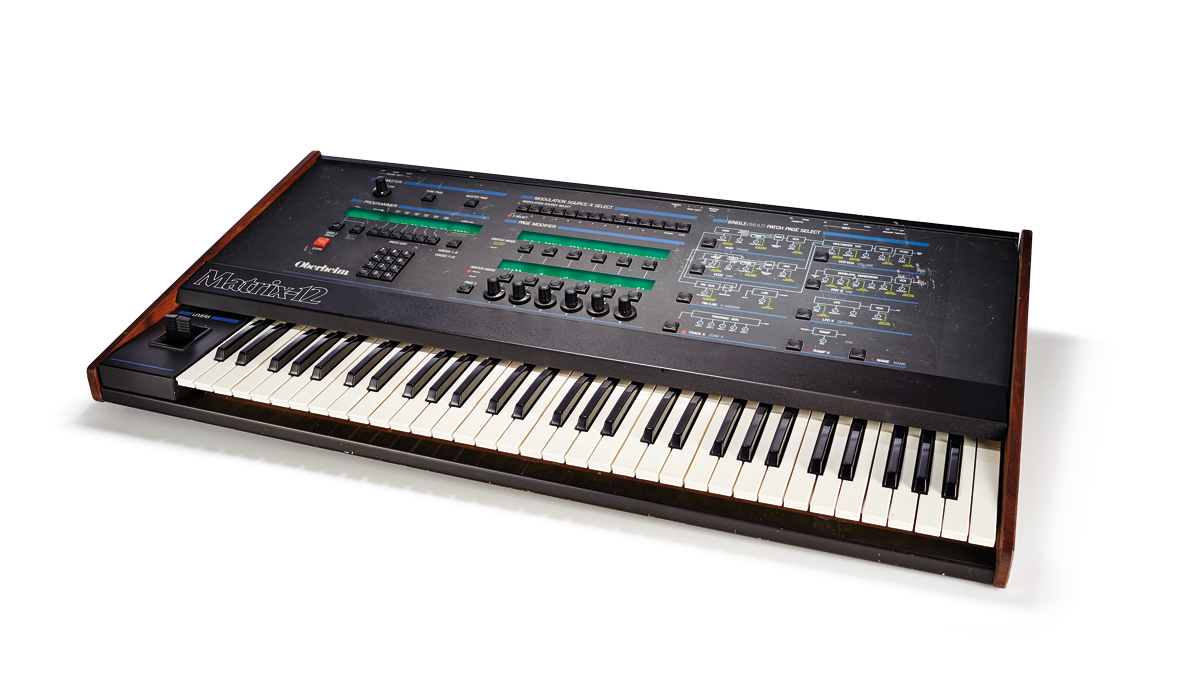
Oberheim Xpander and Matrix 12
The six-voice Xpander first appeared in 1984 and a year later the 12-voice Matrix 12 was released. Aside from the extra voices, there are no sound differences with the 12 – it’s just two Xpanders with a keyboard attached.
Let’s get one thing straight, this is an analogue synth with digital control. The sound is pure analogue and, while it’s not as fat and punchy as some earlier Oberheim models, it has so many different sound-shaping possibilities under the hood it’s one of those instruments you’ll never tire of.
If that’s enough to whet your appetite, then here are a few things you should consider when taking the plunge into the second-hand market.
Buying an Oberheim Xpander and Matrix 12
1. The first thing is to check physical condition. Xpanders and Matrix 12s are pretty solid but make sure the front panel isn’t bowed and that all of the buttons work consistently. I’ve seen quite a few where certain buttons stick down due to the front panel being a bit bent, which can get very frustrating.
2. Check all patches work and make sure you save at least one single and one multi patch and then re-select it. The last thing you want is a complex machine like this with memory problems. MIDI dump the memory as soon as you get it home.
3. Check all the outputs, MIDI and pedals etc. A machine like this is an investment but only if everything is working. Getting it up to spec after purchase can be very expensive. Better to pay a little more for something really up together than fork out a fortune later, chasing down an elusive problem.
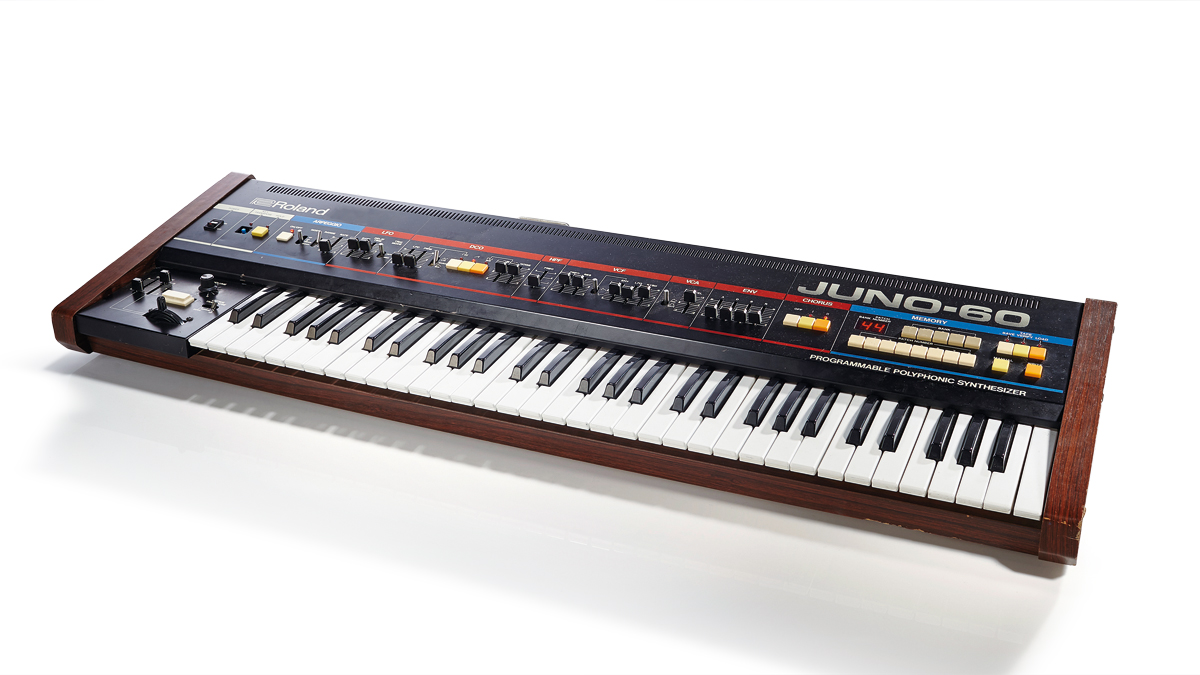
Roland Juno-60
These days, we’re spoiled. Back in the late ’70s there was really no such thing as an affordable polysynth. Synths were expensive, damn it – the domain of our musical idols and successful dentists. And polysynths? Forget it. The best we could hope for were string synthesizers which were lovely in their own twee way, but were methadone when what you really wanted was heroin.
In 1981 Roland released their grandest polysynth yet – a jaw-dropping new eight-voice named after the King of the Gods. The Jupiter-8 was a beast, with patch recall and a price ticket to match: $5,295. That was nearly 38% of the national US average wage at the time. And then that very same year, Korg unveiled their Polysix.
This was a stunning product, as it was a true six-voice analogue polysynth, with patch storage, but which cost a ‘mere’ $1,095. Roland must have been gobsmacked, and were left with an enormous gap to make up. Distilling technology from the Jupiter, they scrambled to plug it, initially with the Juno-6. Which didn’t have patch memory. So in late 1982, a new Juno-60 finally arrived.
At long last, Roland had a simple but ‘affordable’ six-voice polysynth, with 56 memory slots onboard, to compete with the Polysix. Though it was a pricier $1,795 (£999), it wasclose enough. Then in 1983 the Yamaha DX7 arrived and spelled the doom of all analogue synths. The Juno-60 and its successor the Juno-106 were consigned to the bargain-bin of history. Except, they weren’t. Where Juno-106’s voice chips go senile, 6 and 60’s truck on, pretty reliably.
Buying a used Roland Juno-60
1. Don’t buy unseen or uninformed. Read the manual thoroughly first (Google it), and get the Service Manual too so you know on contact what each setting should do, and how it should sound, and how to access its voice test mode. Ideally, find someone with a working one and get familiar with that first.
2. Be wary of chassis damage. A bashed unit can have internally cracked PCB (avoid), or cracked solder joints leading to intermittentfunctionality. Cracked solder joints are easily fixable if you spot them, by ‘reflowing’ with a hot soldering iron.
3. It’s very likely that the rotary volume pot (and probably filter sliders) will be crackly with age. As with any bit of gear, crackly pots and faders can be cleaned and refreshed easily with Caig DeoxIT and/or Fader Lube spray (pricey, but worth it).
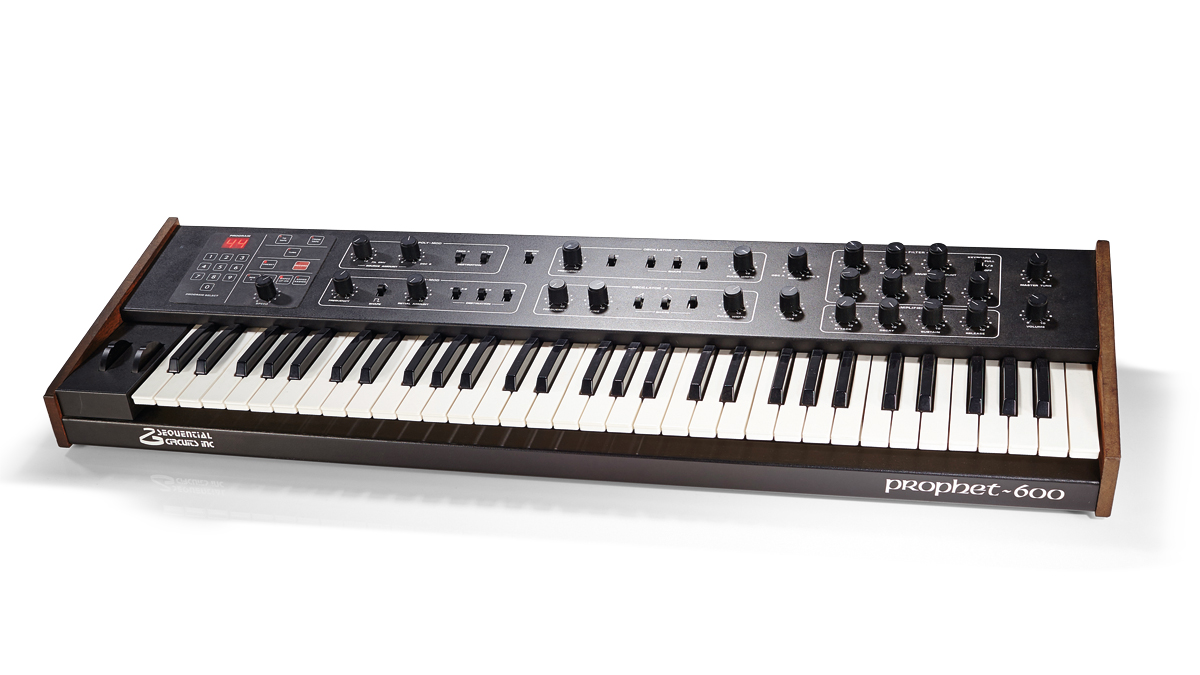
Sequential Circuits Prophet-600
Although the inflation-beating rise in prices for old gear may be anathema to some, the analogue revival does at least allow for certain synths to be reassessed.
This is never more true than when an upgrade comes along to address the shortcomings in the original. The Prophet-600 is one such synth. It was always overshadowed by the Prophet-5, which has gone on to become an undisputed classic, though the P600 claimed its own place in synthesizer history by being the first to feature a MIDI interface straight out of the box. This is of course understandable as Dave Smith played a significant role in the design of both.
While the polyphonic Prophet-5 was most revolutionary in terms of patch storage (it was the first to be able to save and recall all programmable parameters), the underlying technology was eventually utilised to bring down the price of later Sequential synths, including the Prophet-600.
However, let’s not forget that when the P600 was released in 1982 Yamaha were about to unleash the DX7, which ultimately went further down the road to a ‘digital future’ than anyone had imagined.
Buying a used Sequential Circuits Prophet-600
1. Always take your potential purchase for a test-drive before parting with cash. The most noticeable issue is likely to be dodgy pots, leading to jumping settings and possible audible glitching. However, pots are fairly cheap to replace.
2. Of more concern are problems with the CEM synth chips. ICs like this are increasingly rare and not especially cheap. Play one note andslowly add five more. You should hear six notes in total. If you don’t, then ask a few questions. If the keyboard fails to trigger sounds on some notes then this is likely to be a more simple cleaning issue.
3. If you can get a modded GliGli version, then the chances are that the synth has had a bit of attention paid to it in recent years suggesting a potentially more reliable purchase.
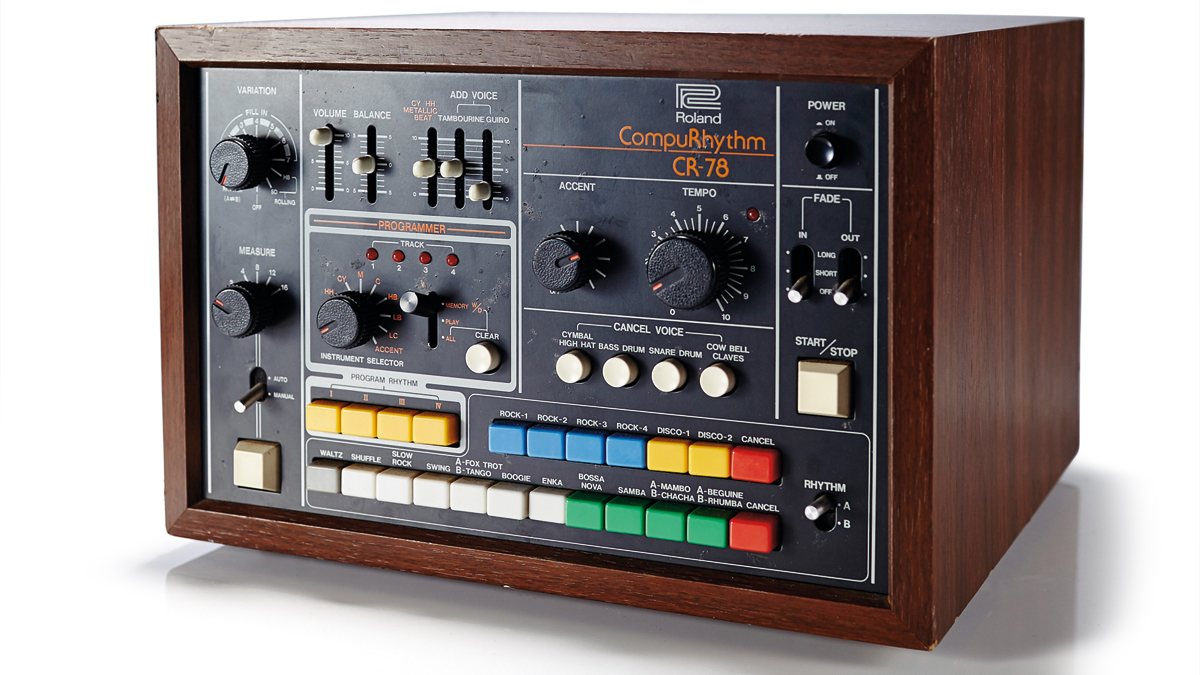
Roland CompuRhythm CR-78
Over the past four decades, the sound of the drum machine has put an indelible sonic signature on popular music. Yet this most certainly wasn’t always the case. In its earliest days, the drum machine was met with open hostility by the music industry.
It was even banned for a time by the Musicians Union. Why the rancor? In the case of the Union, it was feared that the drum machine would steal potential paying gigs away from their card-toting members.
While this may in fact have eventually transpired once sampling came into play, it’s laughable to think that the hissing chatter of a ’70s-era rhythm machine posed a serious threat. Those machines were associated with the schmaltzy bossanova beats of the home organ and rarely found their way onto serious recorded works.
Perhaps the first real useful drum machine was the CR-78 and just think, if it wasn’t for this humble little wooden block we wouldn’t have the 808, now that just doesn’t bear thinking about does it?
Buying a used Roland CompuRhythm CR-78
1. Programmability means battery-backed memory and that, in turn, means battery leakage. Most common CR-78 failures are due to leaking batteries, so pop the hood and check the battery itself and look for damaged traces.
2. Don’t hand over your cash before spending time with a prospective purchase. Not every issue is immediately apparent. Your humble reviewer’s own CR-78 arrived from the seller seemingly unscathed, but began to elicit an incessant whine once it warmed up, necessitating a trip to the service bench.
3. Ask yourself: are you really going to program the CR-78? If not, you might be better off spending your money on a related unit. For example, the CR-68 offers most of the sounds and patterns but isn’t programmable. Another thing the CR-68 doesn’t have? The inflated second-hand price.
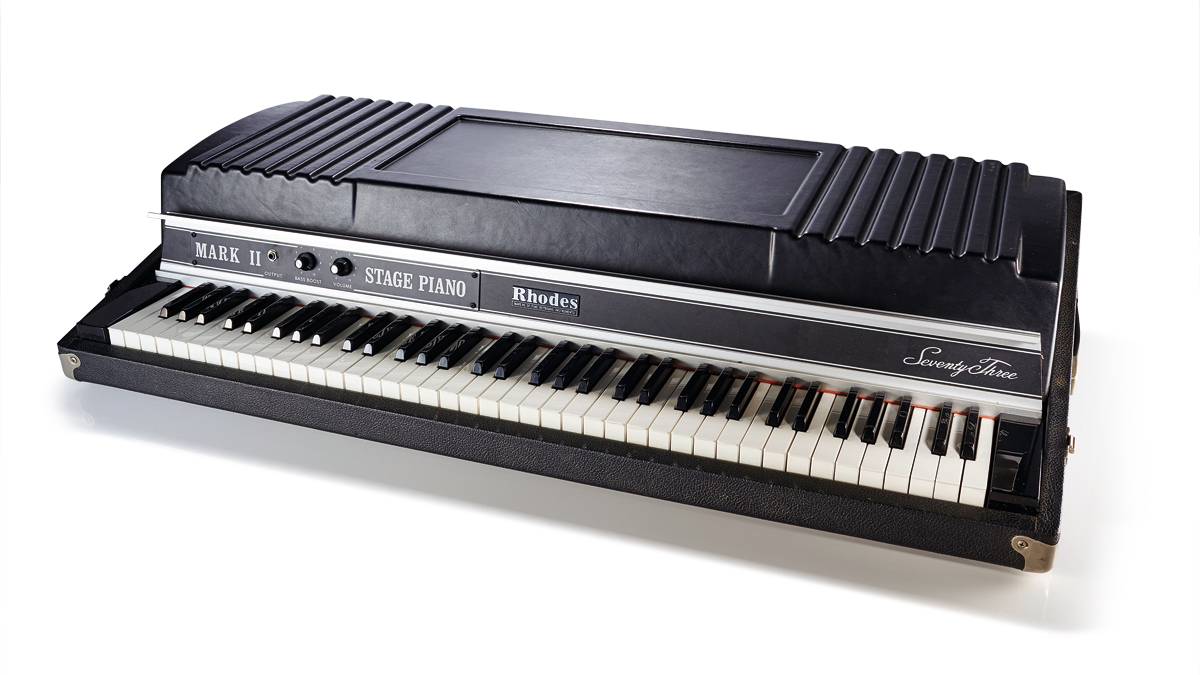
Fender Rhodes Stage Piano
The Rhodes Stage Piano had a humble beginning and as successful as the piano became (around 250,000 were produced from 1965-84), it took a lot of hard work to reach that point.
Harold Rhodes began teaching piano aged 19 and was well respected as an educator, establishing his own piano teaching method. During WW2 he started to build his first pianos (The Air Corps Piano) using B-17 bomber aircraft parts for injured troops (to use in bed!) and the first Rhodes pianos were born.
Harold’s first commercially available electric piano (the Harold Rhodes Pre-Piano, Model 239) used tone-reeds (basically tines like later Rhodes pianos) and launched successfully at NAMM in 1946.
The legendary Leo Fender approached Harold with an offer to co-build the pianos – the first mass-produced Fender Rhodes piano (the 32-note Piano Bass) was launched around 1959. However, it wasn’t until 1964 (when CBS bought Fender) that
You’ve no doubt heard a Rhodes on Herbie Hancock’s 1973 album Headhunters, fell in love with its magical sound. And although it has been emulated in software, still nothing beats the sound and experience of playing the real thing.
Buying a used Fender Rhodes Stage Piano
1. Fender-Rhodes up to 1975 and Rhodes up to mid 1978 often have heavier actions but can be made to play faster by installing the Miracle Mod which adds acceleration bumps to each key. From mid 1978, the bump was fitted as standard.
2. Check notes for consistent tone/sustain. Test pickups by tapping the end with a screwdriver and listening for a resounding ‘thunk’ through an amplifier. For further information and reputable techs, check the Fender Rhodes and EP Forum websites. Most parts are made new by Vintage Vibe.
3. If you’re going to gig with it, a fully-packed Rhodes Stage 73 weighs around 130lbs. Grab a rolling hand cart/trolley (and some mates!).
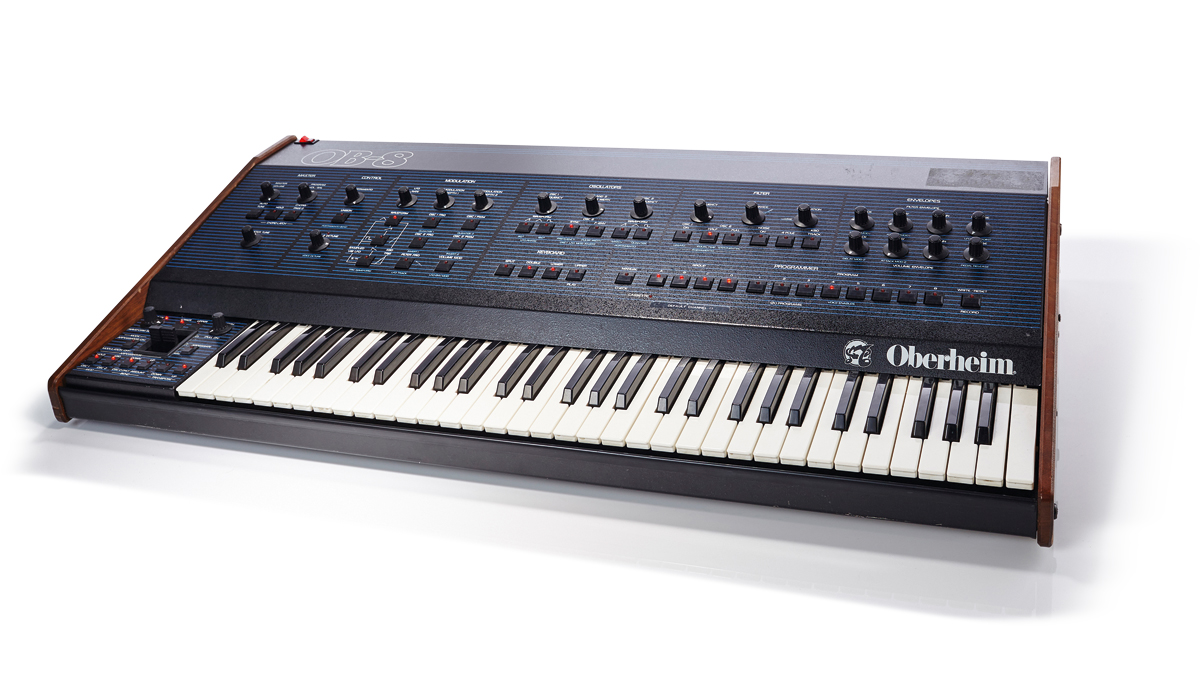
Oberheim OB-8
The Oberheim OB range became a staple of the American music scene of the ’80s.
These polyphonic analogue synths could also be found on European productions, despite being overshadowed by Roland and others – meaning they are harder to come by in the UK, and are (slightly) more affordable than their less well-equipped brethren.
Although there are design and sonic differences between the various OBs, they do have a recognisable ‘family sound’.
Yeah sure you could go for the new OB-6 collaboration between Tom Oberheim and Dave Smith for the classic OB sound, but it’s not an original.
Buying a used Oberheim OB-8
1. The OB-8 was continuously improved during its two-year lifetime. Early units did not have MIDI, but there are still MIDI kits available should you find one lacking in this department. Some earlier units also have a different type of keyboard assembly that is prone to stiffening with time (stripping-down and re-bushing is the only solution here).
2. Some later units have the ‘Page 2’ (second layer of programming) functions printed on the front panel (a real help). These will also likely have undergone all the various Oberheim circuit updates and mods, so may be less temperamental. Check the EPROM version too.
3. Calibrating an OB-8 is relatively easy with just a voltmeter, but this assumes all the components are still working to spec.
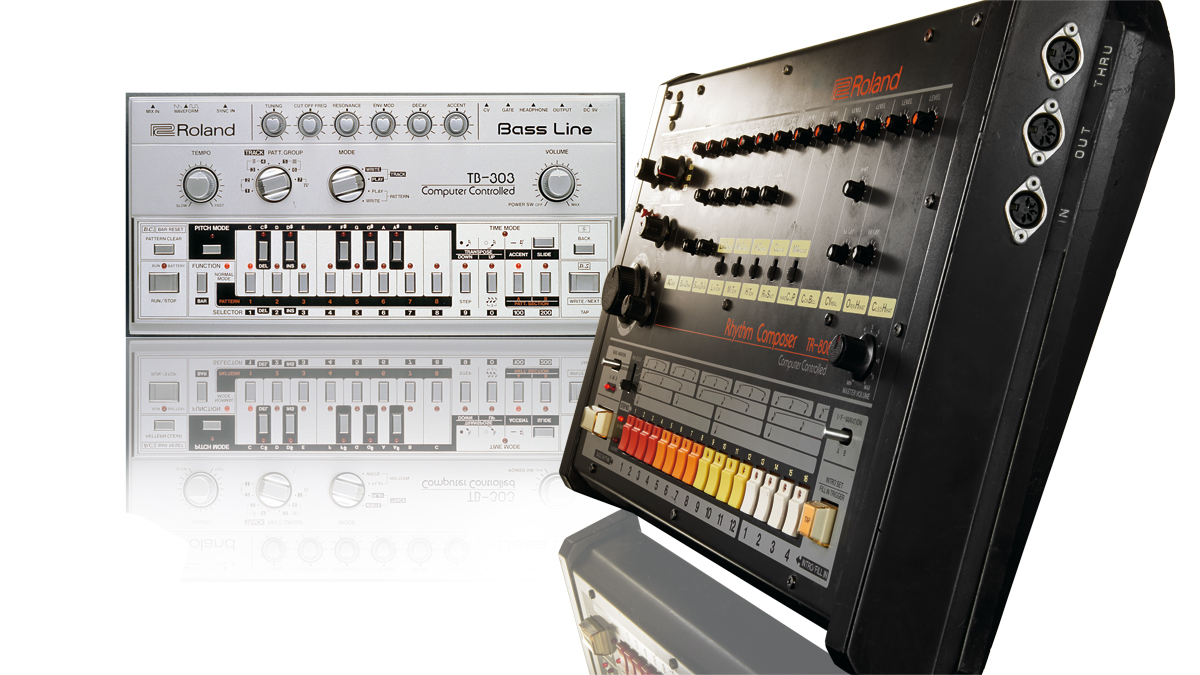
Roland x0x
Whether you grew up with the 909, 808 and 303 or not, these units remain some of the coolest bits of classic hardware to own.
Those that saw the release of these electronic behemoths will be fully aware of how coveted they have been over the years and even a newcomer to the music tech scene these days will probably be just as aware of their awesome legacy. Pretty impressive stuff for hardware that was released in the ’80s.
The original series was always aimed at the musician in need of a backing track and was never really intended to create thunderous Techno tones. As we all know, the ultimate destiny of these machines was the dance floor. From Chillout to Hardcore, the x0x range has provided a foundation for just about every electronic genre.
Despite all the clones and Roland’s latest Aira range, there’s still something about the originals that we all lust after. Just be sure you think before you spend...
Buying a used Roland x0x box
1. If you are buying original ’80s Roland hardware, be sure to check for modifications and repairs. Although some mods are pretty sought after, it’s always good to know what you are buying. If you want something stock, make sure that’s w you’re getting.
2. Although 909s and 303s are getting rarer, it is well worth buying as locally as you can. When paying this much for hardware it’s pretty wise to get your hands on the hardware and see it working before you part with your hard-earned money. Try to meet up and check all audio connections and more importantly knobs and buttons!
3. If you opt for the new Aira hardware, look out for special bundles and promotions. These products have become immensely popular in the last year or so, and this means lots of room for discounts. If you fancy the TR-8 and TR-3 as a duo, you might be able to pick them up together for less cash than you think. Have a good look around and make some calls before reaching for your wallet.
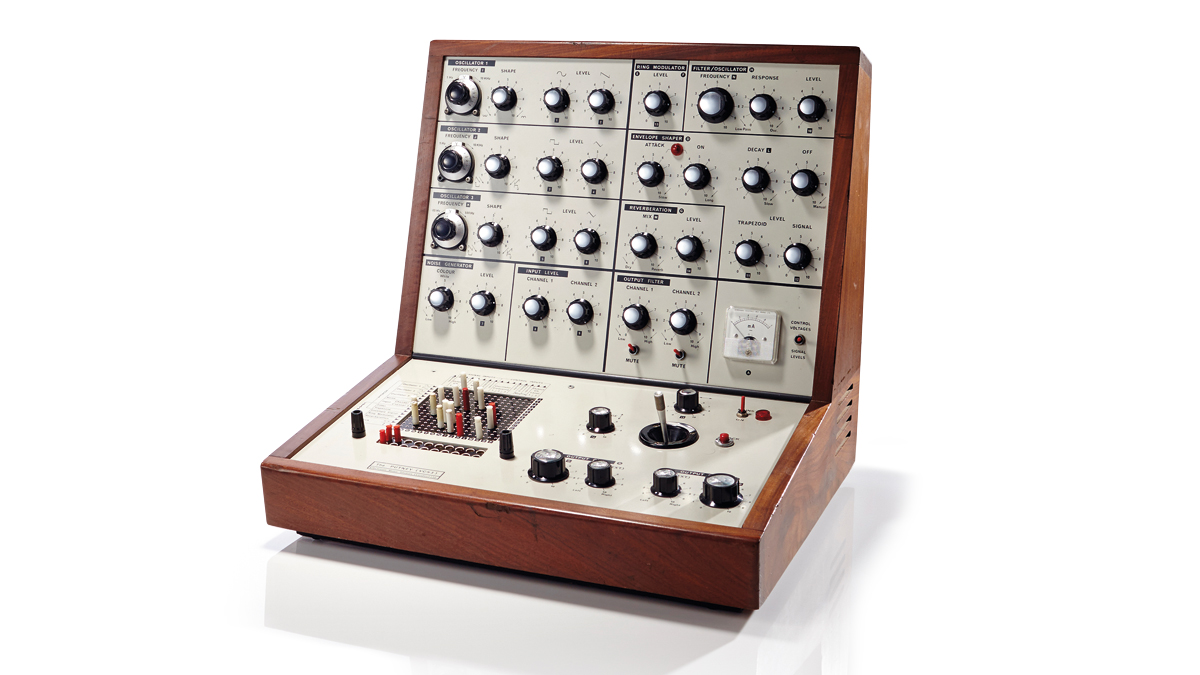
EMS VCS3
The VCS3 is an unusual success story. Though it never sold in any great numbers, its sheer longevity is to be admired. While plenty of classic instruments have been revived in recent years, the VCS3 is unique in having never officially been out of production.
EMS themselves have gone through many changes over the past few decades and for a while were not in the business of producing synthesizers. Yet a few VCS3s have occasionally been made to order and every so often a small production run is trundled out of EMS headquarters (now in Cornwall) to fulfil a waiting list of very patient customers.
Meanwhile, the original models continue to be sought after and treasured by a growing number of electronic music aficionados willing to pay enormously inflated second-hand prices. If you consider yourself such an aficionado then read on...
Buying a used EMS VCS3
1. The VCS3 is an imminently repairable instrument. While some components have long since been discontinued, they can still be bought from enthusiasts or replaced with new equivalents. According to Graham Hinton, expert on all things EMS: “Even if it’s in bad condition, it can probably be rebuilt.” He adds, “If it looks in good nick, it probably is.”
2. Be prepared to have all trim pots on the three removable circuit boards replaced. EMS used cheap, exposed pots that were prone to failure. A new set of pots costs very little and will do wonders for the instrument’s stability. The toggle switches on some units had cheap plastic bodies and should likewise be replaced.
3. There are loads of improvements and modifications you can do to your VCS3, some more crucial than others. Mr Hinton, for one, offers mods, add-ons and more. His site is packed with tips, tutorials and schematics to help you get the most out of your Synthi. You can find it at the Hinton Instruments website.
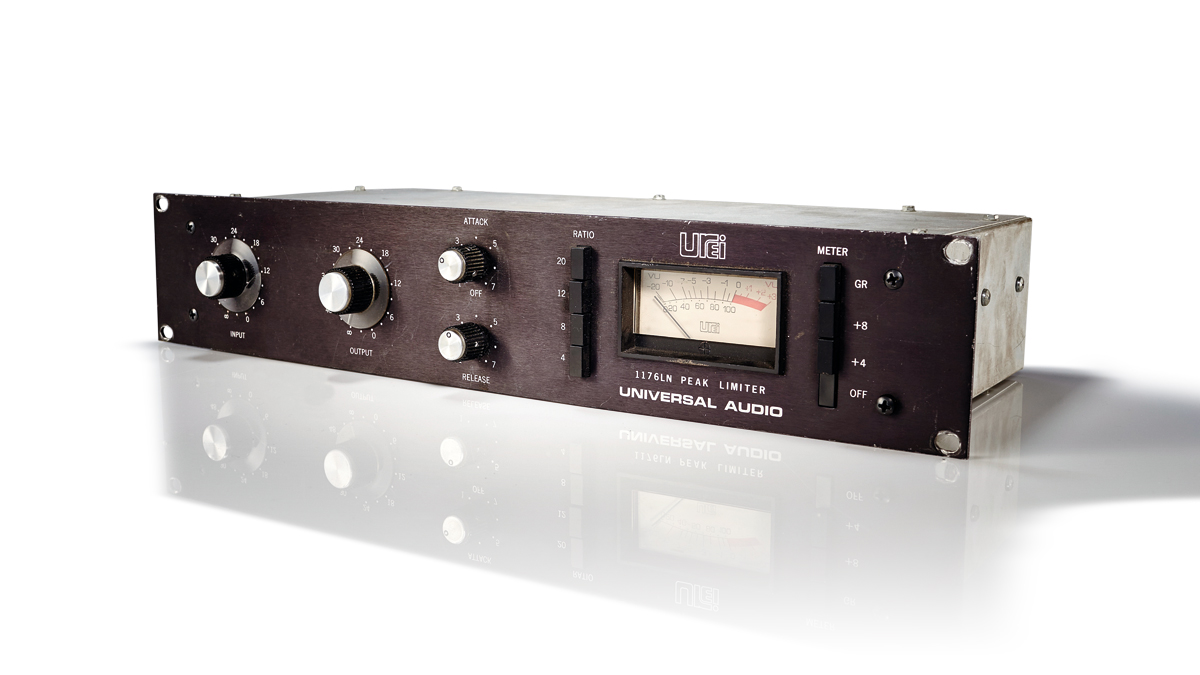
UA 1176N Limiter
Some classic hardware just has inherent attitude. The 1176 has an upfront sound that engineers have used for years to mould productions of every genre. From Disco to Rock and back, the 1176 has repeatedly found itself at the forefront of music production. Walk into any major studio in the world and you can expect to see at least one 1176; in most you’ll find an entire rack full.
The 1176 has been around since Bill Putnam put together the ‘Revision A’ model in 1967. It was a groundbreaking design at the time as it was the first peak limiter that utilised 100% solid state circuitry.
Where a tube compressor adds warmth and colouration, an 1176 imparts clarity, impact and bite. This is what makes the 1176 popular and why it continues to be a mainstay in modern production.
Buying a used UA 1176N Limiter
1. If you are unsure about buying vintage hardware, simply stick with the reissue. Very old compressors tend to break, easily. The reissue is excellent value for money and comeswith a warranty. UA have taken great care in recreating the very best sounding 1176 so, unless you are a vintage nut, the new version represents the best way to invest your studio tokens.
2. Check the knobs and buttons if you are buying second- hand. These can get some abuse and, although they are built very well, you may need to get a service on ageing units. This doesn’t mean your unit is out for the count but it’s something worth bearing in mind before handing over any cash.
3. Try comparing the plug-ins and hardware. They are scarily close these days and many top pros are turning to ‘in the box’ models now. The UAD 1176 has to be the pick of the bunch and is more or less identical to the hardware.
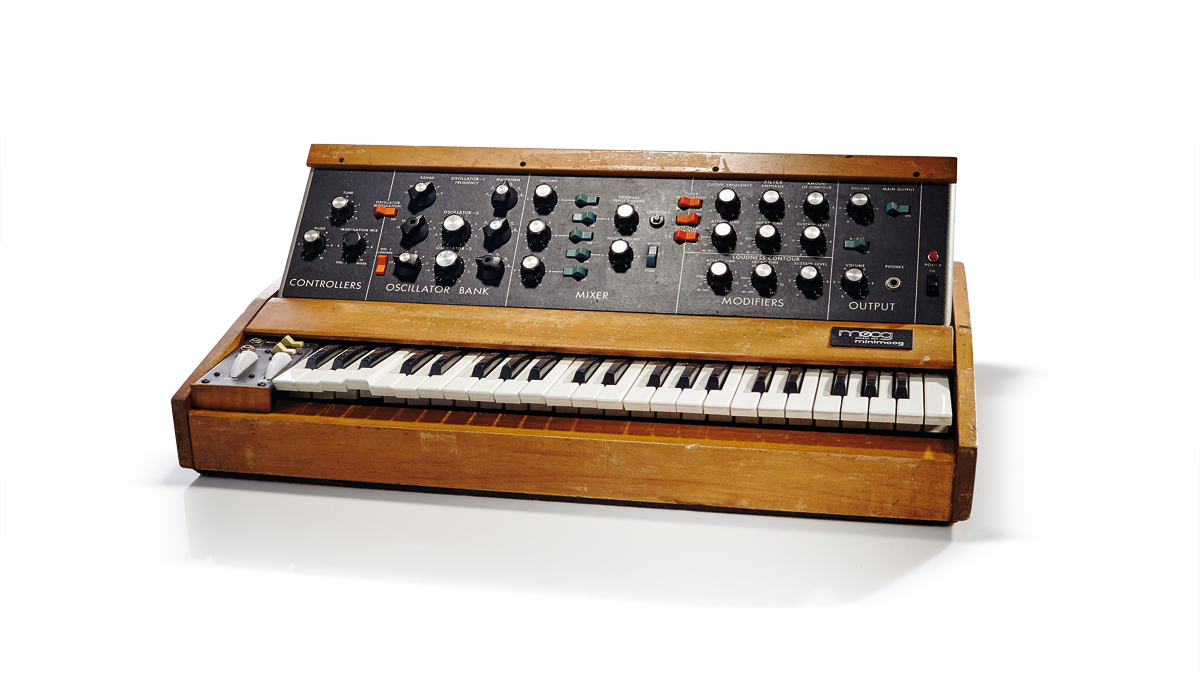
Moog Minimoog Model D
The words ‘revolutionary’ and ‘groundbreaking’ get bandied about so much they’ve all but lost their impact. You’d be forgiven, then, for not appreciating how truly accurate they are when used to describe an innovative product like the Minimoog.
Few instruments have had such a significant impact as Moog’s original Minimoog Model D. Before the Minimoog, synthesizers were costly, lumbering behemoths restricted to the professional recording studio and the halls of academia.
Few working-class musicians could afford to get even a look at a synthesizer, never mind owning one. Even if they could, those early modular synthesizers were complex monstrosities, festooned with hundreds of knobs and switches and obscured by a veritable jungle of patch cables. It was heady stuff, suited more to the university boffin than the average fake book-toting organist.
If course, you’d be forgiven in wanting to own one of the famous synths of all time, you’re only human after all.
Buying a used Moog Minimoog Model D
1. Many of the earliest Minis were built while the company was still learning how to handle mass production. Robert Moog himself claimed that but the later units were superior. It is still hotly debated the older units are likely to be less dependable.
2. Units before serial number 10175 have a less stable oscillator design. Many suggest that the earlier oscillator boards sound better, while Dr Moog favoured the later ones. Many early Minis were retrofitted with a later board; pop the hood for a look.
3. Even a knackered Minimoog is salvageable if you can afford to have it restored. Most of the components are readily available. You can even buy all new wooden cabinetry.

Yamaha DX7
The DX7 has claimed its rightful and prominent place in synthesizer history for a range of reasons, good and bad.
On the one hand it harnessed a novel type of all-digital synthesis, allied to increased polyphony and portability. It would also be viewed as the death knell of analogue synthesis and harbinger of the ‘less knobs, more buttons and a small screen’ approach to programming.
OK, so thankfully the world saw sense and realised there is room for analogue and digital synthesizers afterall. It has, however, taken a rather long time for anyone to come up with a suitable replacement for the DX7.
Yet again, Korg has come up with the revivalist goods with the impending release of the FM Volca. While it maybe cheap and able to load your old DX7 patches, it won’t look nowhere near as cool as the original. It is for that reason you know you want one, but consider these tips first…
Buying a used Yamaha DX7
1. Being predominantly digital circuitry, and with few knobs or sliders, DX7s are pretty reliable. The most likely problem areas will be worn or malfunctioning membrane switches or internal backup batteries requiring replacement.
2. If you want the authentic DX7 sound (ie noisier output of 12-bit converters) go for a Mk1. The Mk2 versions had a cleaner output, might be more reliable (and had better MIDI specs).
3. For a more cut-price FM experience, look at the four-operator versions (DX11, DX100 and many others). Note also that keyboards like the SY77 had what amounts to a DX7 built into their more expansive ROMpler-style architecture.
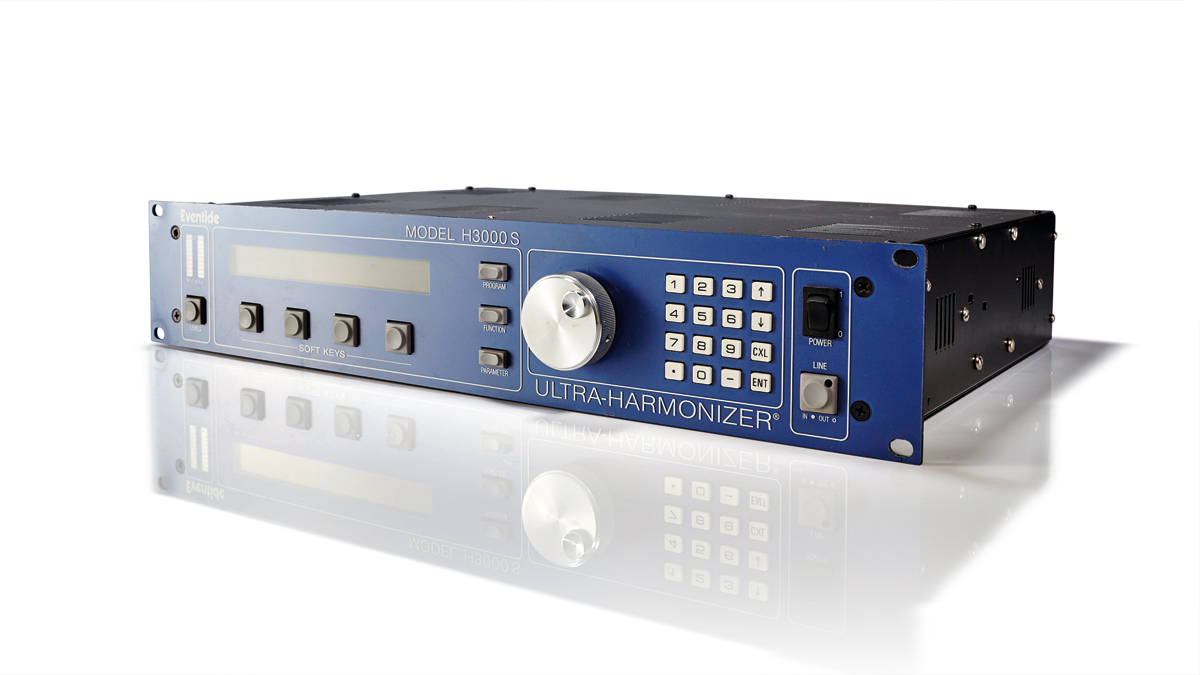
Eventide H3000 Ultra Harmonizer
When Eventide brought out the H910 Harmonizer in 1975 they started an audio revolution.
Its combination of pitchshift, delay and regeneration spawned a whole range of new sounds, from the Tony Visconti ‘Bowie Snare Drum’ (Scary Monsters) to Frank Zappa’s wild Harmonised guitar solos and Godley & Creme’s crazy vocal effects (I Pity Inanimate Objects).
Eventide then experimented with many other types of processor including delays and reverbs but in 1986 they brought all this knowledge together in the H3000, a true stereo multi-effects processor of the highest audio quality with incredible MIDI control implementation.
So if you’re in the market for this classic effects processor with bags of character make sure you keep these tips handy when trawling those auctions.
Buying a used Eventide H3000 Ultra Harmonizer
1. On the wear and tear side be sure that the Jog Wheel works smoothly and check all the buttons including the numerical keypad.
2. Be sure to load each of the basic programs and pass signal through them. These run from patch no 100 to 114. Check with a stereo input and output.
3. Look out for machines that have the extra patches installed, like the Steve Vai and Bob Clearmountain settings. These will give you lots of extra presets to help you get started.
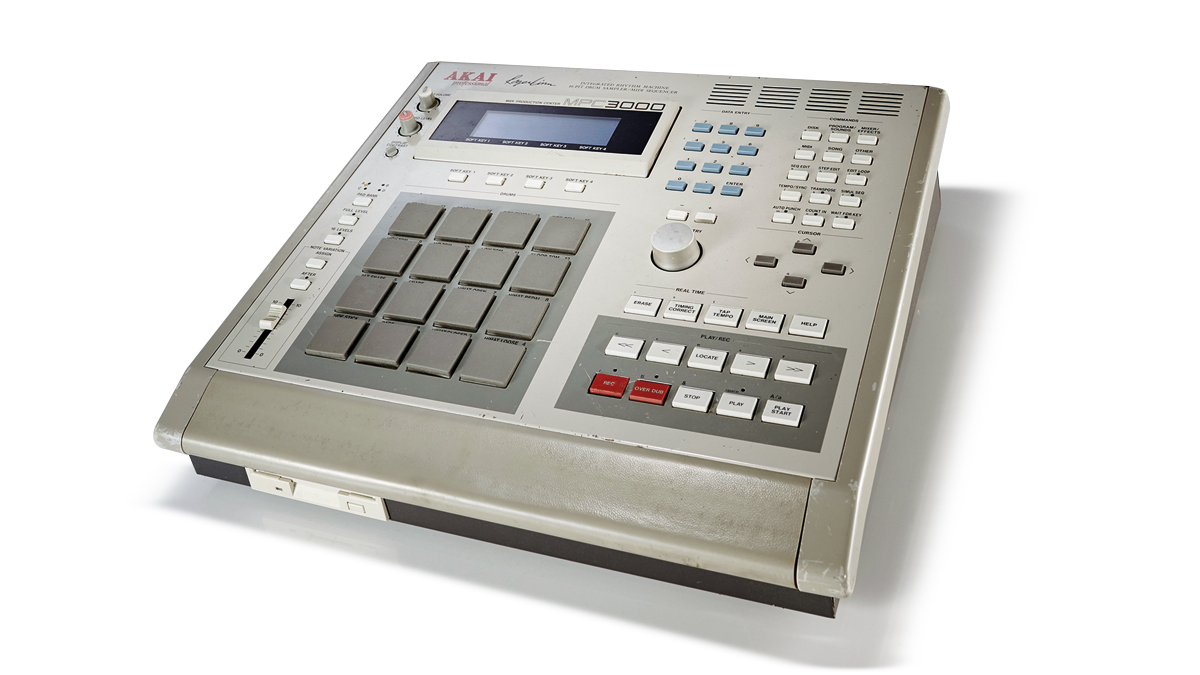
Akai MPC3000
There are two MPC (MIDI Production Centre) models regarded as the MPCs and those are the MPC60 and MPC3000 designed by Roger Linn, in collaboration with Akai.
The MPC60 and MPC60 Mk2 (launched in 1988 and 1991 respectively) were the first fruits of this Linn/Akai venture, with the MPC3000 being the second (and final) Linn-badged MPC.
If you’re thinking of getting involved with the latter on a more personal level, then here are a few tips to see you through your first date.
Buying a used Akai MPC3000
1. If it still has its original screen backlight, it’ll likely be pretty dim and need replacing. There are new drop in/solder-free replacements available on eBay for around £25. Also watch out for bad inverters that can cause noise in the audio path.
2. Pads, switches and the data dial usually go after years of prolonged pounding so you may need to get new pad sensors and ‘tact’ switch replacements. In the UK, MPC guru Jazzcat (find him on Facebook) can do any work you might need.
3. Using SCSI and floppies for storage isn’t much good for fast workflow in this modern DAW- equipped world. It’s worth replacing the floppy drive with a card reader (around £200) and upgrading the stock OS to the latest version you can find (see www.mpc-forums.com) so that you can move samples between your DAW and the 3000 more efficiently.
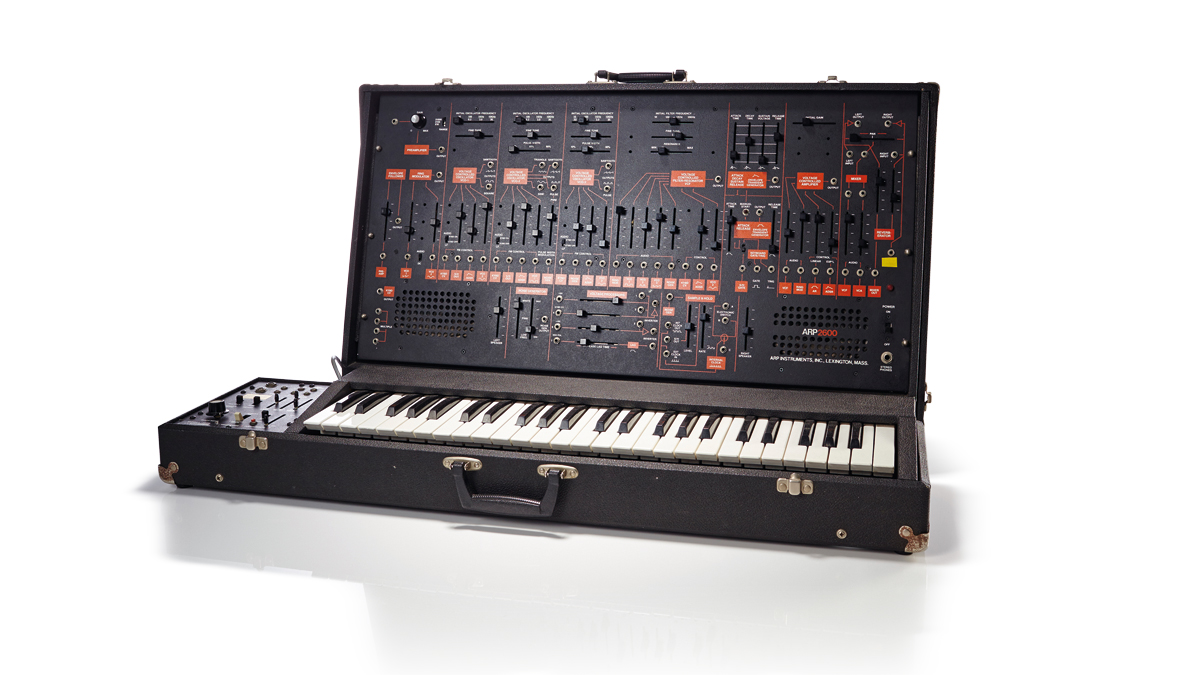
ARP Instruments 2600
Brand loyalty is not a new phenomenon. Just as today’s pundits debate the merits of Mac versus Windows or Android versus iPhone, a battle for allegiance once raged between users of Moog’s synthesizers and those who preferred instruments made by ARP. Then, just as now, the debate was a powerful marketing tool.
ARP was founded by Alan R. Pearlman who, unlike other synthesizer pioneers of the day, emerged from a business background. As an entrepreneur, Pearlman saw an opportunity in the growing fascination with electronic music. Quick to realise the shortcomings of his competitors’ instruments, Pearlman resolved to make instruments upon which musicians could depend.
The first such instrument was the mighty ARP 2500 modular system, a massive wall of electronics that eschewed the patch cables favoured by Moog and Buchla for matrices of sliding switches. This allowed for a better view of the included modules, but resulted in crosstalk between the various components.
The 2500 paved the way for the 2600, a more ‘compact’ semi modular synthesizer and now highly sought-after member of the synth hall-of-fame. Yeah sure you could wimp out and buy a Korg ARP Odyssey, but where is the fun in that? Grow a pair and get yourself a 2600, but not before you read these tips...
Buying a used ARP 2600
1. According to renowned synth tech Mike Metz, the 2600s used a better grade of sliders than on other ARPs, but they are still a weak link. Expect to spend a little more having some of them replaced.
2. In most 2600s, the crucial circuits are potted in epoxy, making self-service nigh on impossible. Luckily, there are a few places that can sell and install NOS originals or repros, but they don’t come cheaply.
3. The earliest ARPs used a filter design that looked too much like Moog’s, so it was changed. The resulting filter (4072), suffered from a design flaw that needlessly limited the high frequencies. Luckily, it can be fixed. If you think your 2600 sounds dull, talk to your service tech.
MusicRadar is the number 1 website for music makers of all kinds, be they guitarists, drummers, keyboard players, djs or producers...
- GEAR: We help musicians find the best gear with top-ranking gear round-ups and high- quality, authoritative reviews by a wide team of highly experienced experts.
- TIPS: We also provide tuition, from bite-sized tips to advanced work-outs and guidance from recognised musicians and stars.
- STARS: We talk to musicians and stars about their creative processes, and the nuts and bolts of their gear and technique. We give fans an insight into the actual craft of music making that no other music website can.


